Odd – often humorous – names for simple restaurant orders were long associated with cheap eating places such as hash houses, beaneries, and lunch wagons. In addition to inexpensive food, patrons got free entertainment, while newspaper reporters never ran out of light copy.
In cheap restaurants it was customary through much of the 19th century and early in the 20th for servers to convey orders to the kitchen by shouting them out from the dining area. It’s highly likely that many, maybe most, of the servers as well as the cooks, were unable to read and write.
The colorful stories began to fill papers’ pages in the 1880s. In 1881 U.S. President Chester Arthur was reported to have visited a “coffee and cake saloon” in lower Manhattan – probably Hitchcock’s — where waiters shouted out his order of coffee and rare corned beef to the kitchen in slang.
Judging by how often it was repeated in the press, the public was endlessly amused by the tale of the clever Bowery hash house waiter who bested the patron who tried to confuse him by asking for two poached eggs on toast by adding that he wanted the yolks broken. Without a pause, the waiter shouted out “Adam and Eve on a raft. Wreck ‘em.”
Eggs merited the most jargon of all foods, probably because there are so many ways of preparing them. Two terms remain in almost universal use today and are so commonly used that probably no one suspects they were once regarded as unfamiliar waiter slang. I’m sure you will spot them easily in the list of egg orders.
Many of these terms make no sense at all, and some have more than one reference. Why were they used? Clearly they are not necessarily shorter or easier to yell than if they were straightforward. According to the 1945 article Soda Fountain Lingo, “An exclusive language – racy, picturesque, humorous – understood only by the initiate, adds zest to the monotony. Further, it lends pride to the job and provides an esprit de corps. It gives incentive to the new waiter, mystifies the general public, and furnishes satisfaction to the enlightened professional hasher.”
Eggs
Ham and eggs – Kansas City chicken and Adam and Eve
Scrambled eggs — Adam and Eve shipwrecked; Agitated eggs; Storm tossed eggs; Eggs around the curve; Wreck Noah
Scrambled eggs with chili sauce – Ship wreck in the Red sea
Scrambled eggs on toast – Wreck on a raft
Fried eggs unturned — With eyes open; Sunny side up; Straight up; Two white wings turned down
Fried eggs turned over – In the dark; With a black eye; Over easy; Eyes closed
Fried eggs scalded in hot grease — Blindfold two
Poached eggs – Sleeve buttons
Poached eggs on toast – Two ladies on horseback; Adam and Eve on a raft
Soft boiled eggs – A light on the ocean wave; In the sea/ocean
Hard boiled eggs – A light under the waves; Two in the water like a brick
Meat/fish/main dishes
Dozen oysters stewed plain — Drown a dozen
Dozen oysters in the loaf — One in the coffin
Oyster stew – Two in a bowl; Stew-o-o-oo
Chicken stew — Springer in the mud
Corned beef hash – Brownstone front (can also refer to pancakes); Mystery
Wienerwurst and sauerkraut — A Dutchman’s paradise
Ham and beans – Ham an’
Beef and beans – Beef an’
Beans – Plate of Bostons; Thousand on a plate
Baked beans without the pork — Brass band without the leader
Beefsteak – Patent leather; One sole without a shoe
Mutton chops – Whiskers
Codfish ball – Sinker (also refers to doughnuts and to pancakes)
Spring chicken on toast and boiled potatoes — Foul tip and a hot grounder
Fried catfish (quickly) — Railroad a hot swimmer
Other
Macaroni — A son of Italy; Put up the flag
Buttered toast — Butter the gash
Pancakes — Brownstone front; Brown the wheats; String o’ flats; Stack ‘em up
Pancakes and coffee – Bootleg and sinkers
Buckwheat cakes – Brown the buck
Hot biscuit — Order of the boat heels
Doughnuts – Sinkers; Life preservers; Fried holes
Shredded wheat biscuits and a glass of milk – Couple o’ bales of hay & squeeze the cow
Milk toast – Cemetery stew
Chicken soup – Hen in the bowl
Slice of watermelon — The Red Man
Mince pie with powdered sugar on top — Indigestion in a snowstorm
Pie a la mode – Freeze out; Snow on the open face
No gravy – Make it dry
Keep it hot – In a hot box
Beverages
Hot tea — Cup of China; On the Chinaman
Tea without milk – Hong Kong on crutches
Iced tea — One in the mountains
Cup of coffee — One in the dark; Draw one
Glass of milk — One in the light; Squeeze the cow
Ice water – One Arctic
Customers often contributed to the lingo by inventing their own, both for ordering and asking someone to pass something.
Pass the sugar – Give the sand box a kick down this way
Request for butter – Pass the dope
Milk – Drive the cow down this way
Beans and molasses – Short and sweet
Fried pigs’ feet – A Trilby foot [Trilby was a popular 1894 novel about an artist’s model with beautiful feet]
Coffee and doughnuts – Slop and sinkers
Sandwich with a liberal allowance of ham – One boxing glove with plenty of lining
Hash house lingo died a slow death in the 20th century with the arrival of automated eating places, cafeterias, and other serve-yourself places, and was pretty much gone by the 1930s. It has been artificially revived here and there as a novelty attraction, the former Ed Debevics diners being a prime example.
© Jan Whitaker, 2021





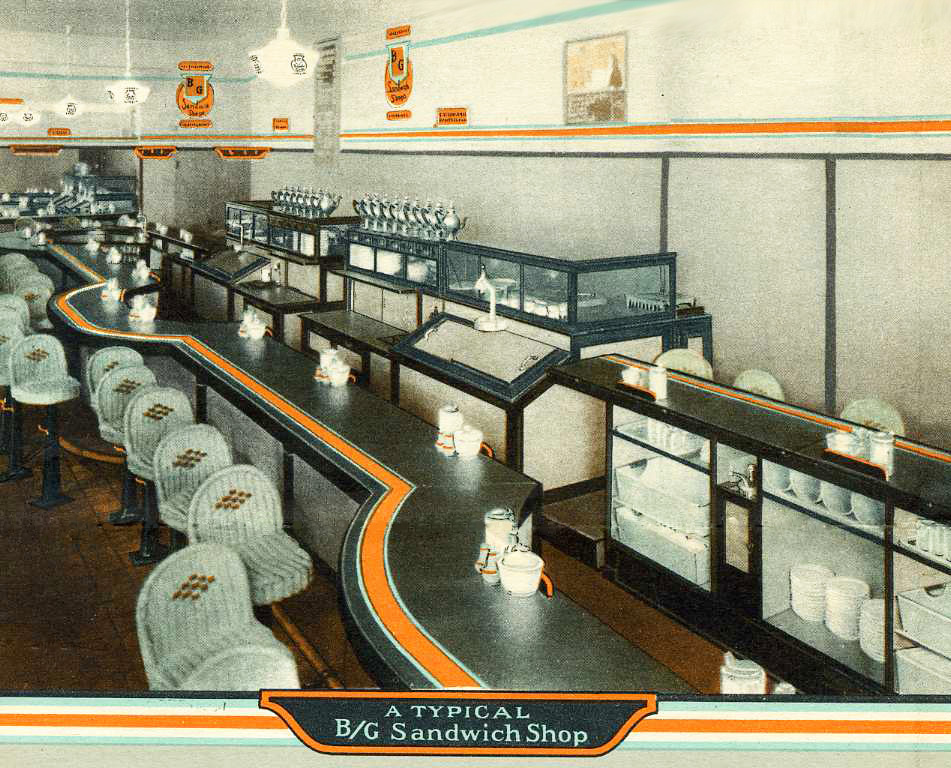



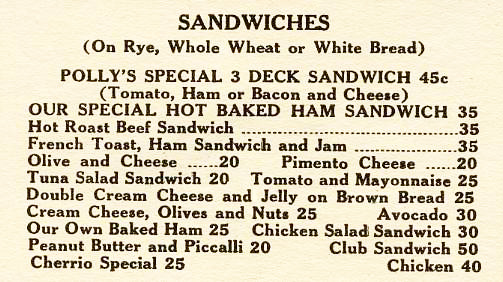

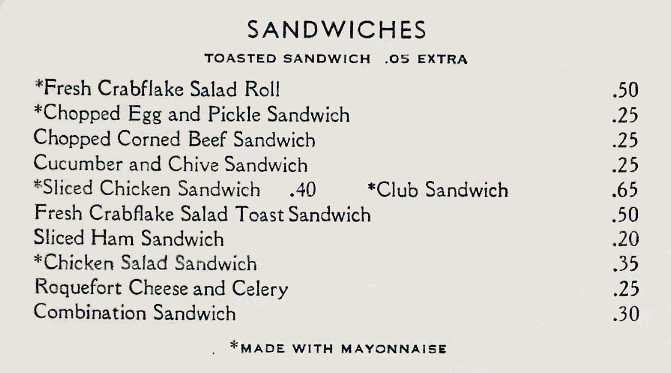
















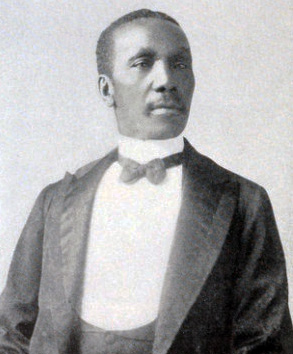




























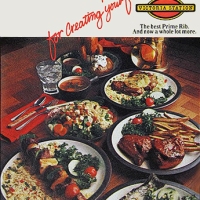


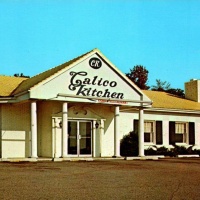


 It's great to hear from readers and I take time to answer queries. I can't always find what you are looking for, but I do appreciate getting thank yous no matter what the outcome.
It's great to hear from readers and I take time to answer queries. I can't always find what you are looking for, but I do appreciate getting thank yous no matter what the outcome.


